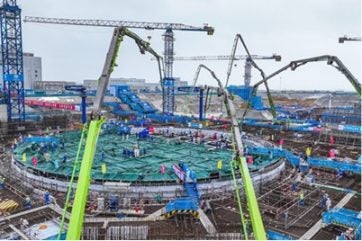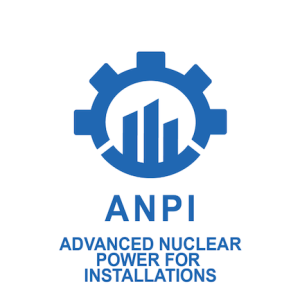
Construction of the first phase of an expansion project has begun at China’s Huaneng Shandong Shidao Bay NPP in Shandong Province. Phase One will comprise two Hualong One pressurised water reactors, which are expected to begin operation in 2029. First concrete for unit 1 was poured at the end of July. “The start of construction at two plants … signifies a further acceleration in China’s nuclear technology and clean-energy development,” Liu Yong, secretary general of the Energy Storage Application Branch of the China Industrial Association of Power Sources, told Global Times.
Phase one of the project, which was approved in July 2023 and is scheduled to be completed and put into operation in 2029. After the project is completed, it will provide Shandong with about 20 TWh of clean electricity and avoid the use of 5.78m tonnes of standard coal, China Huaneng noted. It will reduce carbon dioxide emissions by 14m tonnes, sulphur dioxide by 45,000 tonnes, and nitrogen oxides by 40,000 tonnes. Phase 2 will comprise two more Hualong One units.
The Shidaowan site is already home to the demonstration High Temperature Gas-Cooled Reactor-Pebble-bed Module (HTR-PM), which entered commercial operation in early December last year. The HTR-PM features two small reactors that drive a single 210 MWe turbine. The project is owned by a consortium led by China Huaneng (47.5%) with China National Nuclear Corporation’s subsidiary China Nuclear Engineering Corporation (32.5%) and the Institute of Nuclear and New Energy Technologies (INET) of Tsinghua University (20%), which is the head of research and development.






